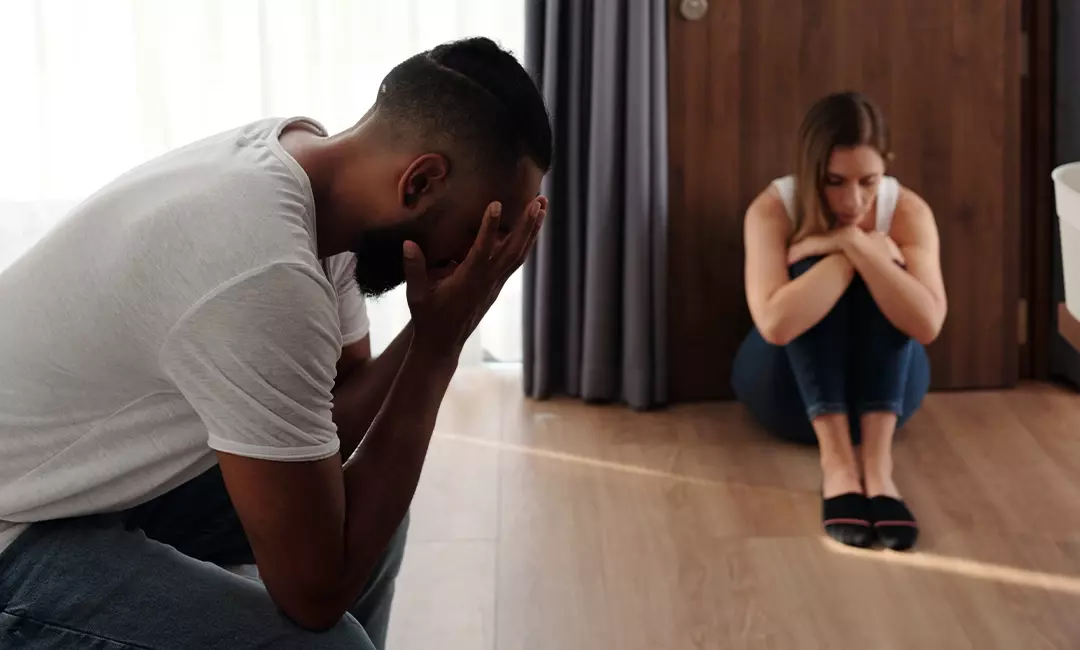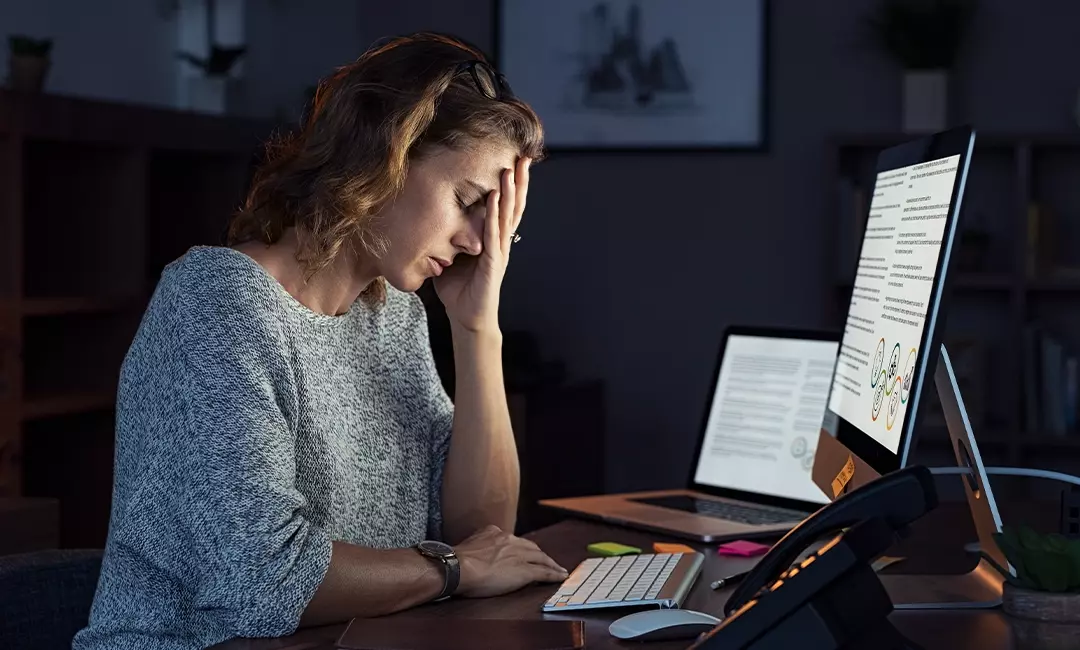Summary:
- ART Therapy can help people find quick and lasting relief from trauma caused by a wide variety of experiences—including grief, addiction, PTSD, and more.
- Since 2015, ART Therapy has been recognized as an evidence-based practice for treatment.
- ART Therapy uses certain techniques similar to EMDR (Eye Movement Desensitization and Reprocessing)—the therapist encourages the client to move their eyes in certain patterns while recalling a traumatic event and visualizing a different outcome.
- Because people undergoing ART therapy do not have to share the details of the trauma they are treating, it is a particularly good match for introverts, more private individuals, and people who are uncomfortable disclosing the details of traumatic experiences.
Many individuals experience traumatic events in their lifetime. The loss of a loved one, military deployment, addiction issues, and many other events can lead to unwanted psychological and physical reactions that have implications for our day-to-day lives. Accelerated Resolution Therapy (ART) has been shown to be effective in treating:
- Post-Traumatic Stress Disorder (PTSD)
- Anxiety
- Addiction
- Depression
- Phobias
- Grief
- Abuse
- Obsessive-Compulsive Disorder (OCD)
- And many other psychological health problems
Therapy Utah has numerous team members trained in ART. We offer this treatment program for individuals whose lives have been affected by traumatic experiences. By uncovering the root of the issue and helping restructure the events, we help our clients achieve healing that lasts.
See also:
What is Accelerated Resolution Therapy (ART)?
Accelerated Resolution Therapy (ART) is a form of therapy meant to quickly resolve traumas that cause distressing memories and trigger strong physical and emotional reactions. Professionals trained in this type of therapy seek to reprogram the way bothersome memories are stored in the brain.
This form of treatment is an accelerated form of therapy that usually spans between 1 and 5 sessions. Patients who are a good fit for ART therapy often experience noticeable improvements during this time period.
How and When Did ART Start?
ART was created by Laney Rosenzweig in 2008. Rosenzweig, a family and marriage therapist, was trained in Eye Movement Desensitization and Reprocessing (EMDR)—a technique used to help treat the aftereffects of trauma. While using EMDR, Rosenzweig found rapid eye movement to be very beneficial and modified it to create ART.
Rosenzweig created standardized guidelines on how to use ART as a treatment method, and it was recognized in 2015 as an evidence-based practice for treatment. Let’s take a closer look at how ART works:

How ART Therapy Works
Since results can often be achieved in under 5 sessions, ART is used to quickly treat the repercussions of many different kinds of trauma. The first session is considered an intake session where the therapist gains insight and information into the traumatic events that led the individual to seek help—however, a client seeking this form of therapy does not have to disclose specific details of their traumatic experiences to recover.
After the initial intake session, a client will have a second session involving ART. Here’s what this session might look like:
- Once the client and therapist are ready, the client will find a comfortable sitting position and the therapist will have the client rapidly follow their hand or an object with their eyes from left to right. The client will visualize the traumatic event during this process.
- Following a structured set of guidelines, the therapist will guide the client to visualize a different resolution to their trauma.
- Voluntary Image Replacement is used to reprogram the way the client envisions their trauma by replacing the negative images with positive ones.
- At the end of the session, the client typically feels a relief of tension in their body.
A follow-up session is often scheduled to discuss what changes have been seen and whether additional ART sessions are required (either to continue resolving the current trauma or to address other traumatic experiences).

What & Who is ART Therapy Best Suited For?
Much evidence-based research surrounding ART shows effective treatment for individuals experiencing PTSD, depression, and struggles with personal resilience. These issues often stem from traumatic events and can trigger challenging emotional or physical responses.
Who is ART Therapy Best Suited For?
ART therapy is best suited for people experiencing emotional or physical triggers caused by traumatic events. If you think about a traumatic experience and develop negative emotional or physical symptoms that cause distress, ART therapy may be suitable for you.
Introverts may find ART to be particularly beneficial for restructuring trauma. ART does not require a client to disclose details about the trauma they are envisioning, which can be appealing to those who are more reluctant to share the details of distressing experiences.
Extroverts can also benefit greatly from ART, but extroverts often feel more comfortable opening up to others about their trauma, which can make other forms of individual therapy or group therapy suitable for them as well.
Who is ART Therapy Not Suitable For?
At the intake session, our therapists always use their best judgment in creating a treatment plan for each client based on their individual concerns and history. If your therapist finds that you would not likely experience benefits from ART, then they will not proceed with this type of treatment and will recommend a different approach.
Because ART is mainly used to treat traumatic events, it may not be suitable for people looking for help in areas unrelated to trauma (for example, severe psychotic disorders). Additionally, this treatment requires you to use your eyes to follow the therapists’ hand from left to right. Those with visual disabilities may find it harder to achieve consistent results from ART.

Restructuring Your Past with ART Therapy
ART is a newer form of therapy that shows much promise in helping people recover from trauma quickly. There are many benefits to ART therapy, including its efficiency and likelihood of attaining lasting results. Clients undergoing ART learn skills they can continue using to restructure their traumas in the future, allowing them to find additional relief from emotional and physical triggers.
At Therapy Utah, we match you with the therapist that is the best fit for you and your recovery goals. Taking the time to understand you and your distinct struggles is one of the things that makes us different. You can book a meeting with us to learn more about our treatment programs and find the best therapist for you.










